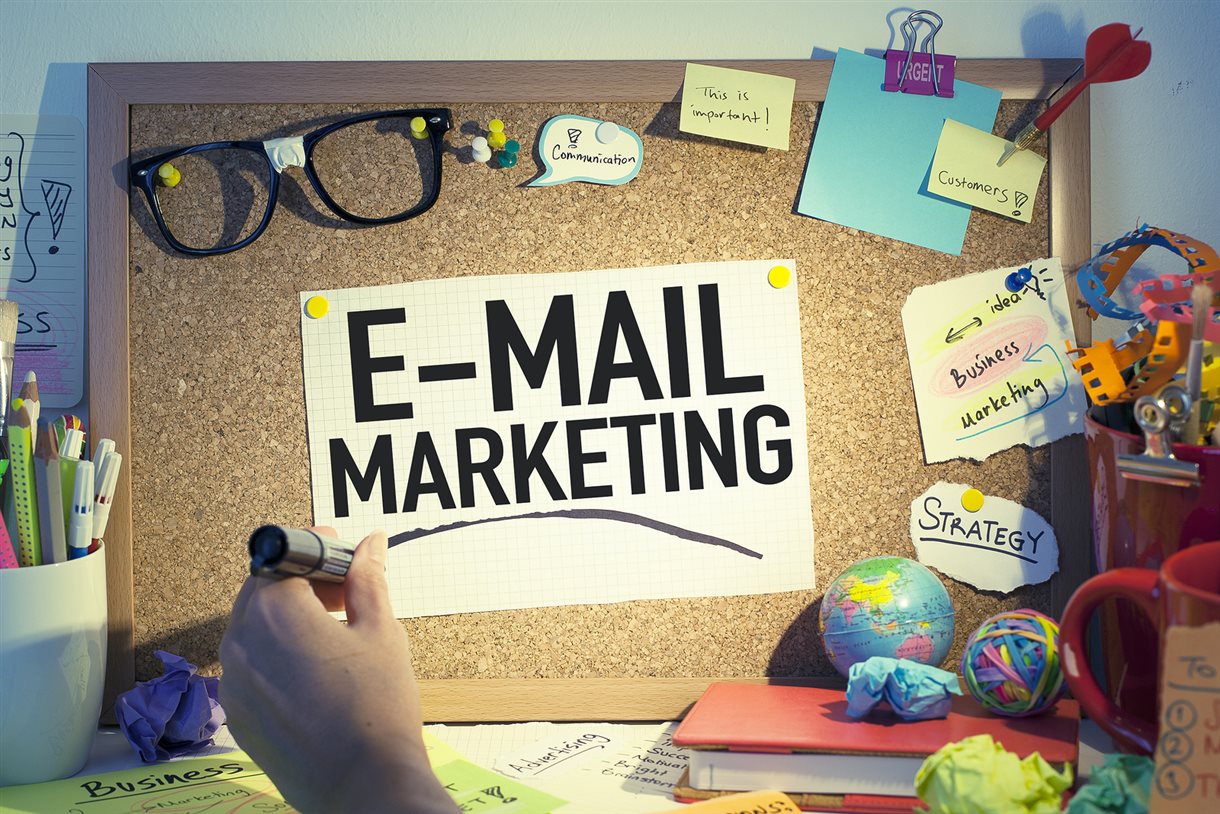‘5 Tips for A Successful Email Marketing Campaign’

Email Marketing is a great way to attract new prospects and keep in touch with existing customers by building strong relationships and creating brand awareness. You can plan and schedule email campaigns, so that your recipients receive a message relevant to them, at a time they are most likely to read it. So how do you make sure you are using email marketing to its full potential?
We have written five top tips to help you create a successful email marketing campaign.
1. Build relationships don’t email blast
Your prospects/customers do not want to be blasted with emails day in and day out with the same tedious information. It is important that you give them personal space. We would suggest that you create a plan to send one email a week so that your emails are relevant, interesting and your subscribers know that your email is trustworthy.
It is vital that you include an unsubscribe link at the bottom of your email so that anyone who doesn’t want to receive your emails can remove themselves from the list. This means that you are continually refining the list of people that are interested in what your company has to offer. Having no unsubscribe button could also jeopardise your mailing account because readers may report your emails as spam in order to stop receiving them.
People’s needs are always changing and this is the same for your prospects/customers, it’s important that you can change with them. Try adding a link that allows your readers to update their email preferences. This will allow them to change the type of information they receive and will likely stop them from unsubscribing.
2. Group & Segment your data
It is important for any email campaign to collect as much data as possible from your existing and potential customers. The more information you have the easier it is to create an email that is relevant and interesting to your readers. Once you have collected the basic contact details from your subscribers, you can then start to collect more detailed information i.e. birthdays and spending habits, through methods like competitions and quizzes.
Now, collecting this information is great but in order to use it to target a specific audience, you will need to split your list/s into relevant groups and segments based on your company’s product or service offering. For example, splitting a list of pet owners into groups of the type of pet they own i.e. dogs and cats, will allow you to target dog owners with dog products and cat owners with cat products.
3. Intriguing Subject line
Your subject line is the first thing that your readers see, so it’s important to keep this short, snappy and to the point. The subject line is a taster of what your company has to offer, so making a good impression counts, as it can determine whether your email is opened or just sent to junk. We have included a few top subject line pointers below:
- Try to keep your subject lines under 50 characters.
- Add personalisation – i.e. use the recipient’s name or location.
- Be descriptive
- Use emoji’s carefully
- Avoid using terms like ‘help’, ‘free’ and ‘reminder’.
4. Attractive and to the point – remember your ‘call to action’
Once your subject line has caught your reader’s eye, it’s up to your email content to reel them in. Your content needs to be attention-grabbing, valuable and short, because lengthy emails can put a reader off. The design needs to be appealing and engaging but it also needs to stay to true to your brand.
It is important to consider what the goal of your email is, what you want your readers to do next and how you are going to encourage them to do it. For example, do you want them to purchase a product/service, sign up to an event or are you simply directing them to an interesting blog or news article with latest updates and information. You can do this by using a call to action button, for example ‘sign up here’.
It is also worth considering other design points such as:
- Social media links – to encourage your recipients to connect on another channel and to share your message.
- Mobile friendly – ensure that your email works across all mobile devices.
- Images – To make sure your images are impactful and relevant but do not affect the time it takes for your email to load. Also, note that a high ratio of images could trigger spam filters.
- Formatting – Consider using bullet points, bold, underline, capital letters etc. to make the main points of your message stand out.
5. The end game
Before you send any email campaign it is crucial that you check that your links and call to actions are working correctly and that there are no spelling or grammatical errors. Ask a colleague to review your email for a fresh pair of eyes. Once you’re happy with your email and it has been thoroughly tested, it’s time to click that all important send button!
Seeing the results of your campaign and how it performed against previous emails is usually the most exciting part. To compare your campaigns, you will need to track numerous data, the basics include; how many emails were sent, delivered, opened and how many people clicked through. By recording this data over time, you will start to see what type of emails your subscribers engage with the most.
On platforms such as MailChimp you will also be able to use tools such as ‘click maps’ which allow you to view the links your readers are clicking on the most. This will allow you to change your email content and design to receive a better response.
If you need help with your email marketing or would like us to send you a copy of a template email marketing plan, contact us today on 01732 368 120 or email enquiries@mcmnet.co.uk.


